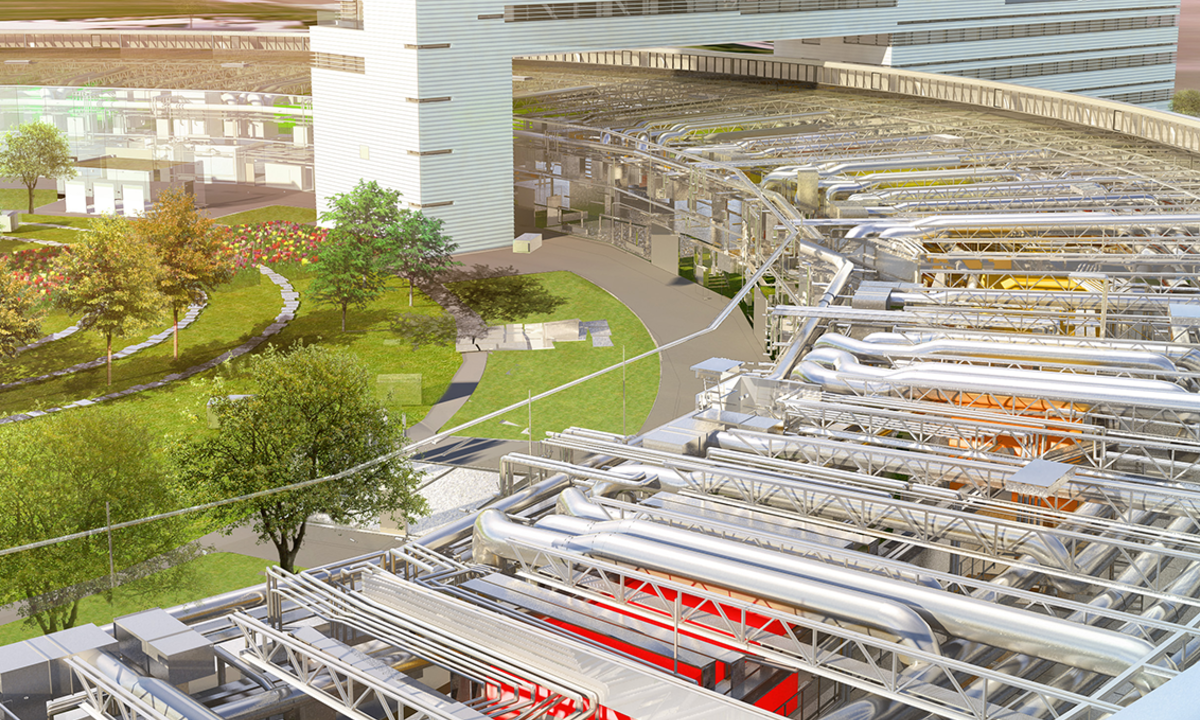Acerca de este curso
- Module 1. Introduction to composite materials with carbon fillers
- The content of the module provides information on allotropic modifications of carbon, their diversity, and properties. This information is extremely important because the basis for carbon composites is thermally expanded graphite that has the same chemical composition as other allotropic compounds. Such information will help broaden one’s horizons, understand the chemistry of the processes described in the following materials.
The module also contains information about intercalated graphite compounds and materials based on them. The content of this part of the module overviews the very specifics of intercalation, explains what it is, describes the processes occurring during oxidation, intercalation and subsequent thermal expansion. Intercalated graphite compounds are the backbone of filled composite materials. - Module 2. Composite Materials Industrial Application
- The module gives information about industrial technologies for producing composite materials with carbon fillers – graphite foil, materials based on multigraphenes, thermally expanding fire retardant materials (rolls; paints and varnishes). The module contains data about the unique properties of such materials, their importance in industry and everyday life. Of particular attention are fire retardant composites of the thermally expanding type, and their properties aimed at preventing the spread of fires.
- Module 3. Polymer composite materials (PCM) and polymer matrices
- The module discusses the basic concepts of polymer composites, their properties and main components – matrices and fillers. The history of composite materials, their influence on the progress in construction industry, everyday life, and the military industry are overviewed. Initial materials, such as polymer matrices, their types, fields of application and properties are considered.
- Module 4. Product manufacturing technologies using reinforcing fillers and thermosetting plastics
- The module examines the types of fillers, such as carbon and glass fibers, their influence on the properties of the resulting composites. The background for the transition to more advanced carbon fibers is considered, as well as the properties of the resulting composites. Special attention is paid to various molding processes, their distinctive features, and areas of application of the materials obtained. Of special interest are modern methods of composite construction, such as vacuum infusion and injection molding.
Cursos relacionados

GRATIS Aprendiendo a aprender: Poderosas herramientas mentales…
Deep teaching solutions
Español

GRATIS Programación para todos (Introducción a Python)
University of Michigan
Inglés

GRATIS The Science of Well-Being
Yale
Inglés

GRATIS Negociación exitosa: Estrategias y habilidades esenciales
University of Michigan
Inglés

GRATIS Primeros Auxilios Psicológicos (PAP)
Universitat Autónoma de Barcelona
Español



